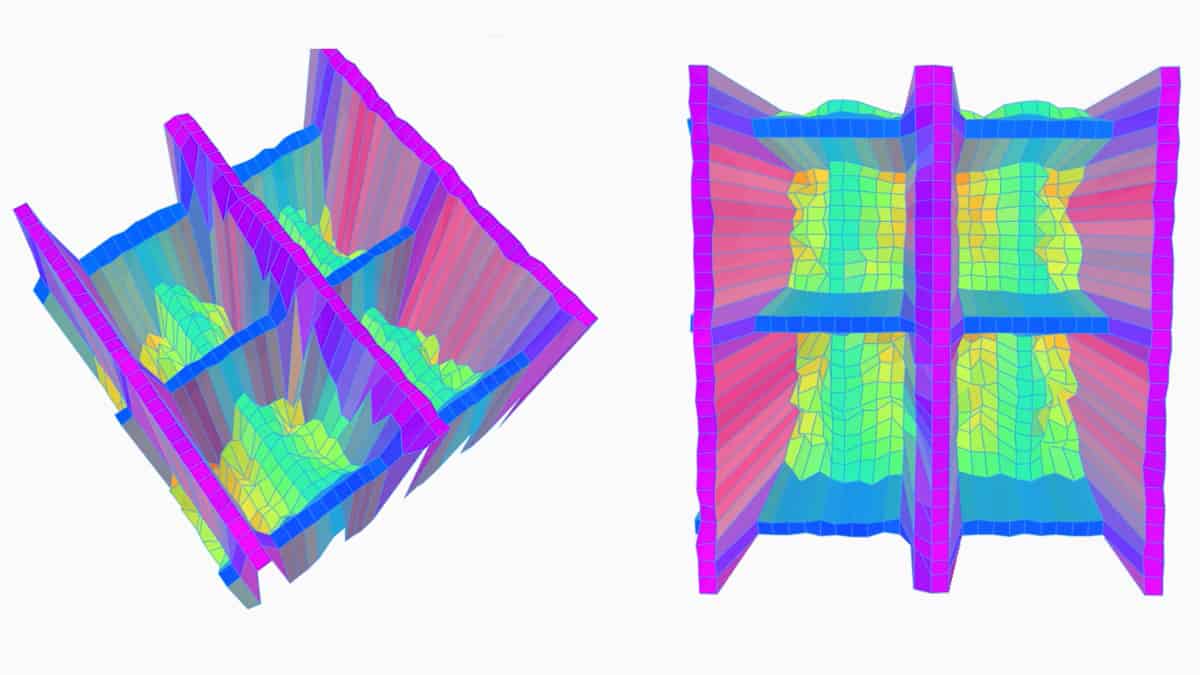Researchers from Wuyi University in China have developed a smart bionic finger capable of subsurface tactile tomography. While previous artificial sensors could only recognize external features, the new system can identify the internal shapes and textures of complex layered objects by simply touching their exterior surfaces. It then transmits the surface and subsurface data to a computer to create 3D maps.
This capability heralds the future use of smart bionic fingers in diagnostic imaging, as a replacement for or supplement to ultrasound or X-ray exams.
“We were inspired by human fingers, which have the most sensitive tactile perception that we know of,” says senior author Jianyi Luo. “When a finger touches a human chest, it can sense the outline of the bone as well as the soft tissue above it.”
The researchers explain that when the skin of a human finger touches something, it undergoes mechanical deformation such as compression, stretching or drag. “These deformations stimulate mechanoreceptors to emit electrical impulses. The electrical impulses travel through the central nervous system to the somatosensory cortex of the brain and are finally integrated by the brain to recognize the characteristics of the material,” they write.
Inspired by this process, the team designed the smart bionic finger using carbon fibre beams as mechanoreceptors.
The bionic finger described in Cell Reports Physical Science consists of a bundle of carbon fibres with a 0.5 mm-diameter metal cylinder mounted on top as the contact tip. The fibres connect to a signal processing module, which contains signal acquisition and controller modules that combine with the sensor to establish a tactile feedback system.
The bionic finger scans an object by applying pressure to the surface, detecting both external and internal structures as it moves along. It measures the degree of compression of a surface, which provides information about the relative softness or stiffness of the object being touched. The bionic finger can achieve a spatial resolution of at least 500 µm in the x and y planes and 200 µm in the z axis direction.
Luo, and co-principal investigators Zhiming Chen and Yizhou Li, performed a series of investigations using the bionic finger to examine complex objects. One test included recognition of a rigid letter “A” buried beneath a soft silicon outer layer. They also tested the bionic finger with a simulated human skeleton comprising a soft silicon “skin” layer, a “muscle” layer, a layer containing simulated blood vessels and hard polymer skeletal “bones”.
The bionic finger accurately reproduced the tissue structure and located a simulated blood vessel beneath the muscle layer. The researchers advise that improvement is needed with respect to reconstructing blood vessels with greater precision and to enable the finger to recognize more complex 3D structures.
The researchers also investigated the bionic finger’s ability to diagnose problems in electronic devices. After the finger scanned the surface of an encapsulated flexible circuit system, they used the data to create a 3D map of its internal electrical components. The device precisely located where the circuit was disconnected, and identified a mis-drilled hole without breaking through the encapsulating layer.

Smart skin sensing density exceeds a fingertip
“We are currently trying to incorporate the bionic finger into robots or prosthetics, because we want to investigate its use in robotic and biomedical engineering,” Chen tells Physics World. “We are developing the bionic finger with the capability of omnidirectional detection on arbitrary surfaces and improving its sensitivity and resolution.”
Future clinical applications, Chen suggests, could include use of the bionic finger to help physicians diagnose lumps under the skin, such as those caused by breast cancer lesions. “A consumer bionic finger could be like a home blood pressure monitor, detecting something in the body that is not normal, but with the ability to transmit data to a physician for evaluation and diagnosis,” he adds. “We anticipate that it will also be an excellent tool for non-invasive industrial or research testing.”
